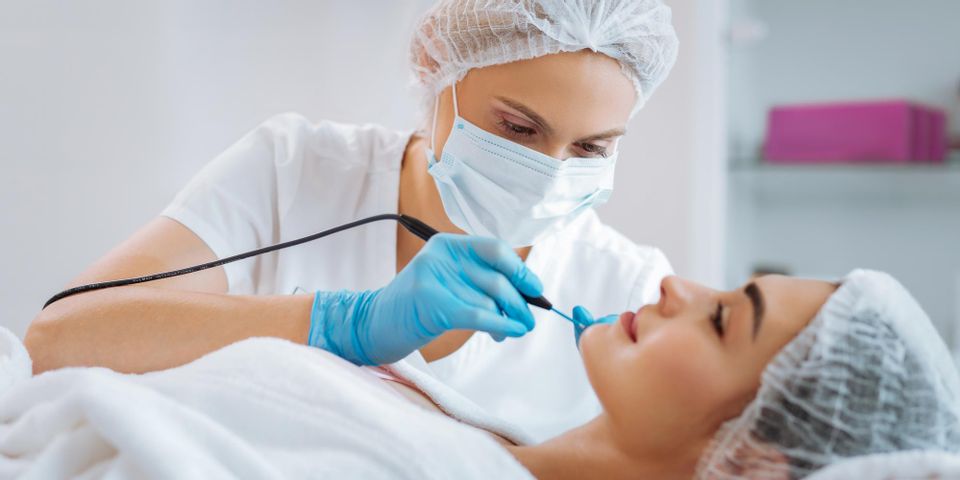What Is Mohs Surgery & How Does It Minimize Skin Cancer Risk?

In recent years, more and more dermatologists have been turning to Mohs surgery as a safe and effective skin cancer treatment. Compared to other treatment methods, this surgery is prized for its ability to deliver extremely high cure rates, minimal cosmetic damage, and low recurrence rates. As you explore your treatment options, here are a few important details to know about Mohs surgery.
A Brief Guide to Mohs Surgery
What Types of Skin Cancer Can It Address?
Mohs surgery is effective at removing both basal cell carcinomas and squamous cell carcinomas. Typically linked to prolonged, unprotected sun exposure, these growths are the most common forms of skin cancer. The procedure can be applied to any area of skin where carcinomas appear—including the face.
What Does It Involve?
Mohs surgery is a multi-stage procedure that can be completed within one visit. As a minimally invasive surgery, you will remain awake as the treatment area is numbed with a local anesthetic.
 Next, your dermatology specialist will remove the top layer of cancerous growth. This segment is taken to a lab to be prepared on slides and studied while you wait. In the lab, technicians will assess the composition of the cancer cells within the tissue. After mapping the cancer cell locations, your provider will be able to tell if additional cancerous tissue needs to be removed—and where it is located.
Next, your dermatology specialist will remove the top layer of cancerous growth. This segment is taken to a lab to be prepared on slides and studied while you wait. In the lab, technicians will assess the composition of the cancer cells within the tissue. After mapping the cancer cell locations, your provider will be able to tell if additional cancerous tissue needs to be removed—and where it is located.
With a precise map, your specialist will carefully remove additional cancerous areas layer by layer, until no more cancer cells are present. This step-by-step process helps remove only the cancerous tissue while leaving healthy skin intact.
How Should You Prepare for It?
Prior to your appointment, you will review your pre-existing health conditions and make adjustments as necessary. For example, those with compromised immune systems may benefit from taking antibiotics to reduce infection risk so be certain to talk with your dermatology staff members regarding those concerns.
To improve results, accuracy, and comfort, dermatologists recommend avoiding alcohol and vitamin E in the days leading up to your surgery.
Since the treatment takes time, you should commit your entire day to the procedure. In terms of recovery, you can expect the tissue to heal in about six weeks. Bandaging and stitches will help reduce the risk of rare complications—including bleeding and infection.
If you’re concerned about skin cancer, turn to the compassionate specialists of Asheboro Dermatology & Skin Surgery Center. Serving Randolph, Davidson, Stanly and Moore counties, this facility with it’s four locations is one of the only regional providers to offer Mohs surgery. Taking a gentle approach, these dermatologists will provide support every step of the way to help maximize your treatment results. Visit this dermatology specialist online to learn more about these services. For appointments, call 336-625-8410 to reach the Asheboro, NC, location, (336) 475-8410 to speak with the Thomasville team, (704) 982-8410 for the Albemarle office, or (910) 673-8410 for the West End and Pinehurst areas.
About the Business
(19 reviews)


